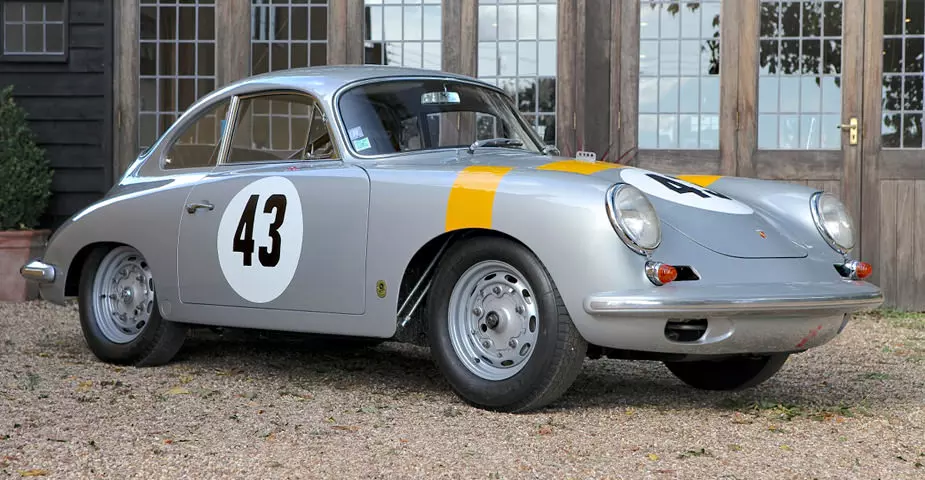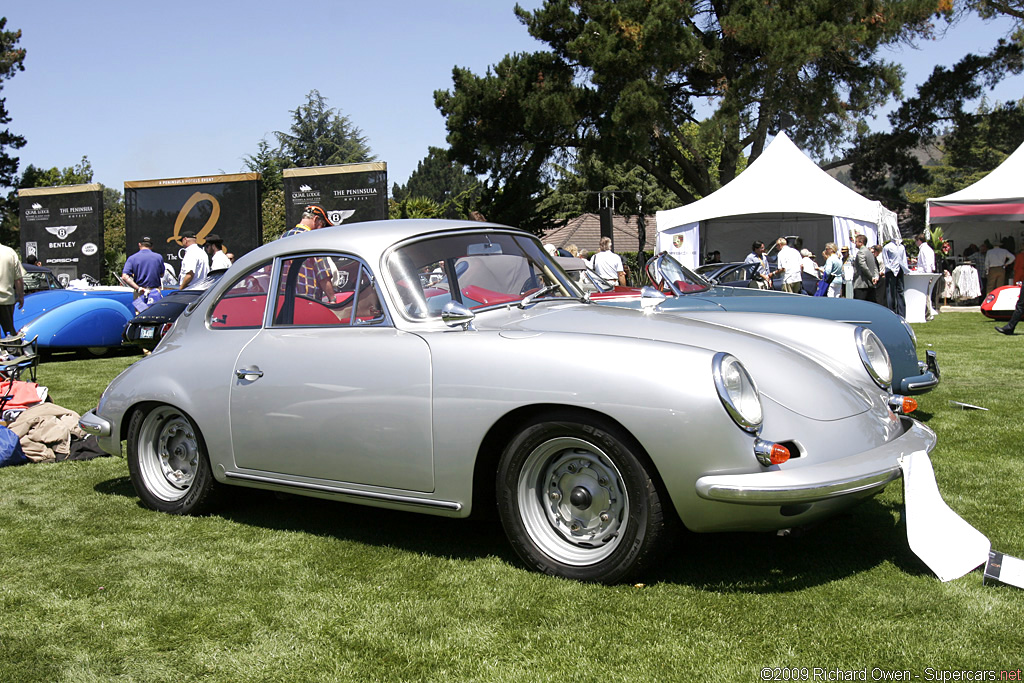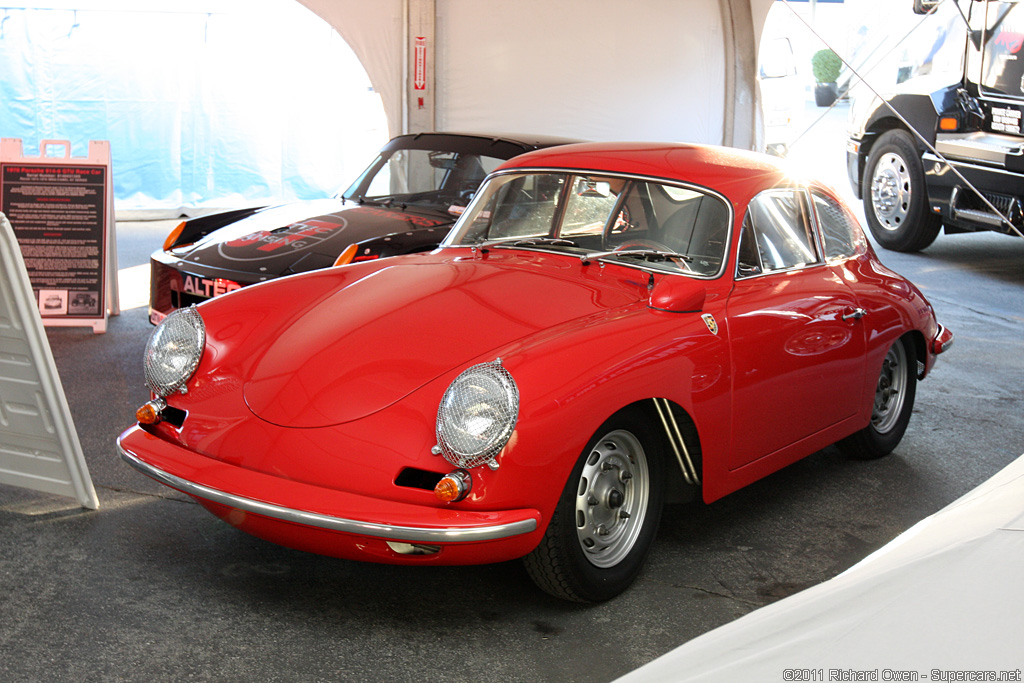1960 – 1961 Porsche 356B/1600 Super 90 GT Coupe – Ultimate Guide
Fourteen Super 90 Coupes were ordered with the lightweight GT package for racing. They used aluminum panels, a lightweight interior and plexiglas windows to shed over 200 lbs off the standard production coupe. Inside the car came equipped with a roll bar, leather-strap window lifts and speedster seats. The lightweight alloy wheels and 80-litre fuel tank were optional extras. Aluminum exterior panels included the doors, hood, rear deck lid.
The Details
The Porsche 356, close to stock or highly modified, enjoyed a lot success in rallying, the 24 hours of Le Mans, the 1000 km Buenos Aires, the Mille Miglia, the Targa Florio, the Carrera Panamericana, as well as many other important car racing events.
With many of Porsche’s clients in the early 60s wanting a lightweight, nimble and powerful variant that would be excellent at road racing. Several Porsche 356s were stripped down in weight, and were modified by the factory in order to have better performance and handling for competition purposes. A few notable examples include the Porsche 356 SL, and the Porsche 356 Carrera GT, and the Porsche 356 Super 90 GT.
The Super 90 GT model was designed to replace the DOHC Carrera GT in certain classes. The Carrera GT, while innovative, was more expensive, and proved troublesome in terms of engine reliability. The Super 90 GT was equipped with the more reliable and easier to service push rod 1600cc engine, but was otherwise basically identical to the Carrera GT in terms of specification.
Originally intended to carry 1600 cc 4-cam engines, Porsche was running low on their motorsports engine and ultimately decided to put their “hot” pushrod 1600 cc Super 90 engine into the car. They were so much in common, in fact, that you could easily drop a 4-cam Carrera engine into the car with minimal effort. All Super 90 GTs were built as Carrera GTs, and only as Porsche delivered them they were installed with the pushrod 1600cc engine. They even had the Carrera coil switches in the dash that went unused.
Features included special gear ratios, RSK-type brakes, the use of aluminum in the body construction, Plexiglas windows, and non-wind up side windows, among other minor weight saving details. The finished product was a full 200 pounds lighter than the standard 356 B street car, making them eminently potent competition vehicles in the C Production class and equivalent classes, worldwide.
Although less expensive than their 4-cam counterpart, the Super 90 GT was clearly for the racing enthusiast, and had a staggeringly expensive base price tag of $5,551. Perhaps because of this, Super 90 GTs are exceedingly rare, twice as rare as Carrera GTs, with just 5 being constructed during 1961 and another 9 constructed in 1961.
Specs & Performance
| type | Series Production Car |
| built at | Stuttgart |
| production | 20 |
| engine | Super 90 616/7 Flat-4 |
| power | 64.1 kw / 86 bhp @ 5500 rpm |
| bhp/weight | 94.71 bhp per tonne |
| torque | 120.7 nm / 89 ft lbs @ 4300 rpm |
| redline | 6000 |
| curb weight | 908 kg / 2000 lbs |
| top speed | ~176.99 kph / 110 mph |
| 0 – 60 mph | ~11.5 seconds |
| 0 – 1/4 mile | ~18.0 seconds |
| fuel capacity | 50 litres or 13.20 gal. |















